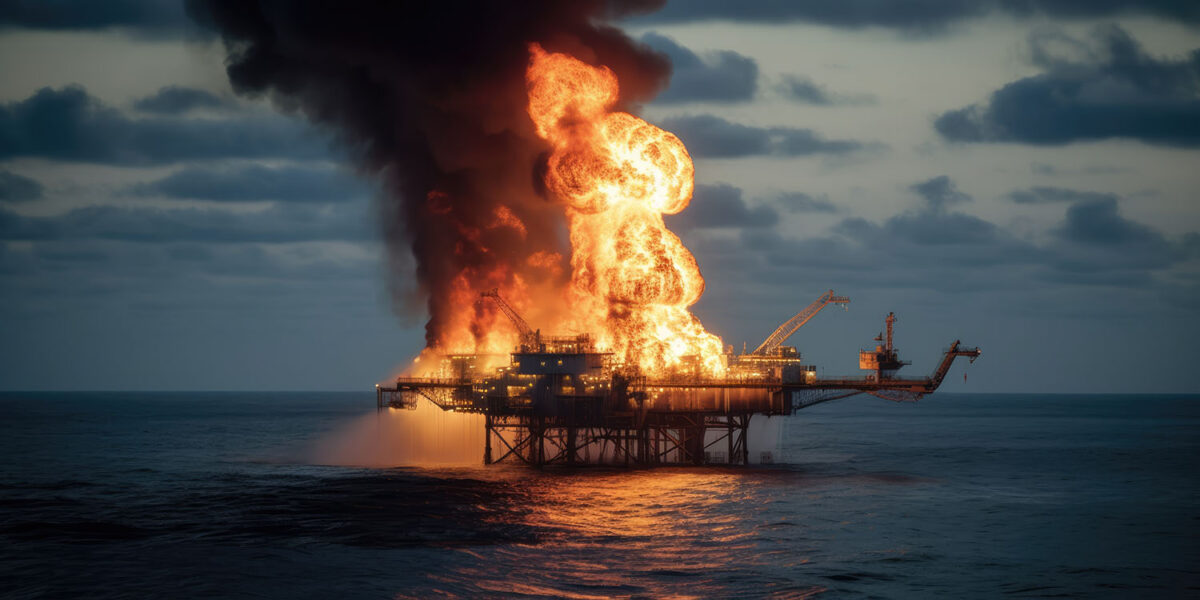Epoxy-Based Intumescent Flame Retardants in the Oil & Gas Industry

The global market for Intumescent Fire Retardant (IFR) coatings was valued at $1.19 billion in 2023, and according to Grand View Research, a Compound Annual Growth Rate (CAGR) of 5.3% is projected from 2024 to 2030.
The continual growth of this industry is primarily attributed to the demand from the construction sector and the oil & gas industry. Particularly, the latter industry is experiencing an increase in worldwide explorations, along with greater investments in the maintenance and repair of equipment and oil rigs. These new projects create a favorable scenario for the use of Intumescent Coatings (IFRs) as a method of passive fire protection (PFP).
You can also read: Embracing Sustainability With Bio-based Flame Retardants
Fires on offshore and onshore drilling platforms are unforeseen and sudden events. Consequently, companies in this industry are increasingly interested in safety measures to mitigate, prevent, and address such incidents to safeguard the lives of operators and the capital invested in the facilities.
Which type of Intumescent Flame Retardant is used in the oil & gas industry?
Currently, there are different types of IFRs like water-based IFR, solvent-based IFR, and epoxy-based IFR. However, in the oil & gas industry, epoxy-based intumescent coatings are used due to their great performance in aggressive environments. They do not only act as flame retardants and protect the base structure but also guard against corrosion in the day-to-day operations of the platforms.
How do epoxy-based IFRs work?
Epoxy-based IFRs consist of four main components: the base polymer (in this case, the resin), an acid source, a carbonization agent, and a foaming agent.
Fu et al explain in “Thermal and Flame Retardancy Properties of Thermoplastics/Natural Fiber Biocomposites” that the operation of epoxy-based intumescent flame retardants begins with the softening of the base polymer as the ambient temperature increases. Simultaneously, the acid source decomposes, generating inorganic acid that promotes the dehydration of the carbonization agent for the formation of a carbonaceous layer. Concurrently with the previous reaction, the foaming agent degrades, releasing flammable gases that enable the expansion of the carbonized layer, ultimately protecting the base material and retarding the horizontal spread of the flame in highly flammable environments.
Epoxy-based IFR manufacturers should increase their production capacities
In November 2023, BP began production at the Seagull oil and gas field in the North Sea, with an expected peak production of around 50,000 barrels of oil per day. Similarly, the start-up of the Lapa South-West oil development project located in the Santos Basin by Shell and Repsol Sinopec Brasil is planned for 2025. These and other projects frame an increase in the demand for intumescent flame retardants for companies such as Hempel, Akzo Nobel N.V., PPG Industries, and others who already offer epoxy-based intumescent flame retardants such as Hempafire XTR 100, Chartek 7, and PPG PITT-CHAR NX, respectively.
